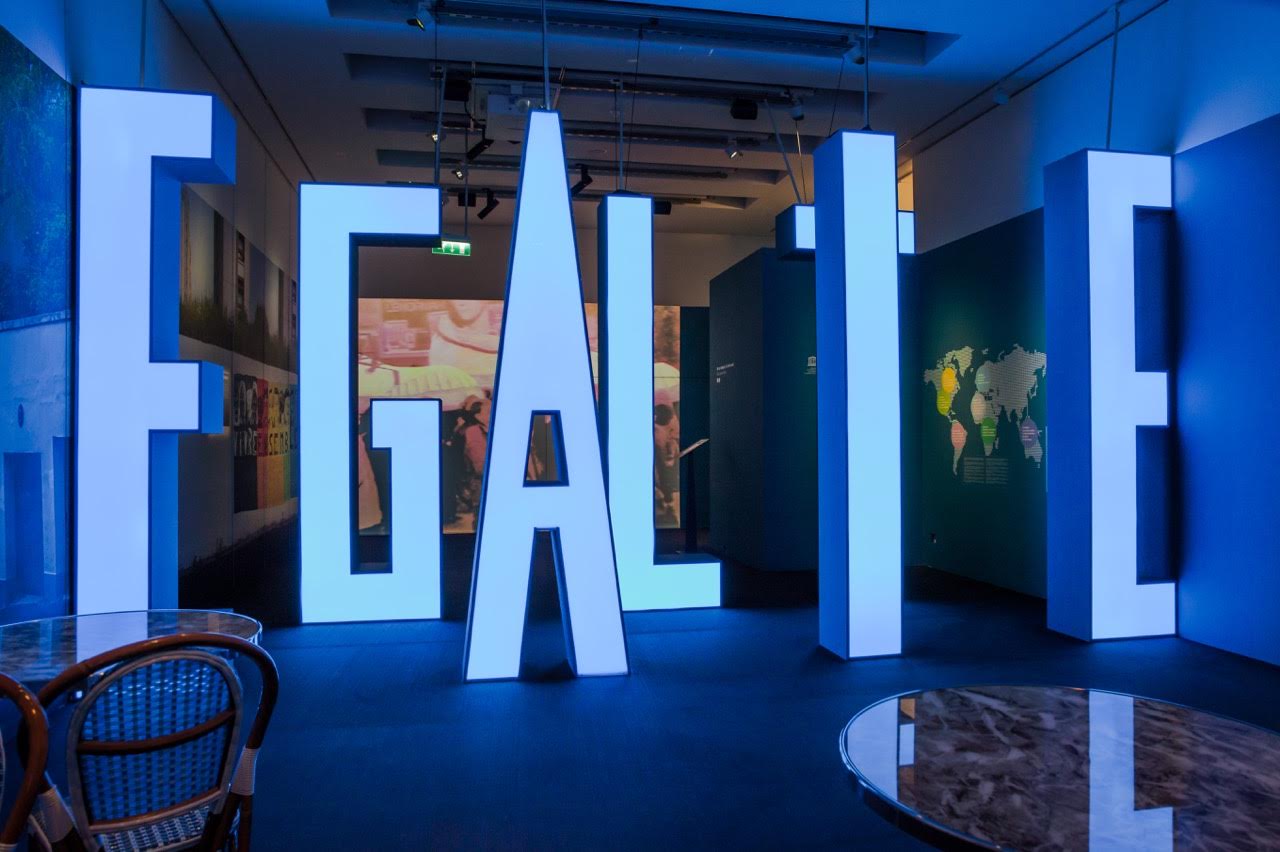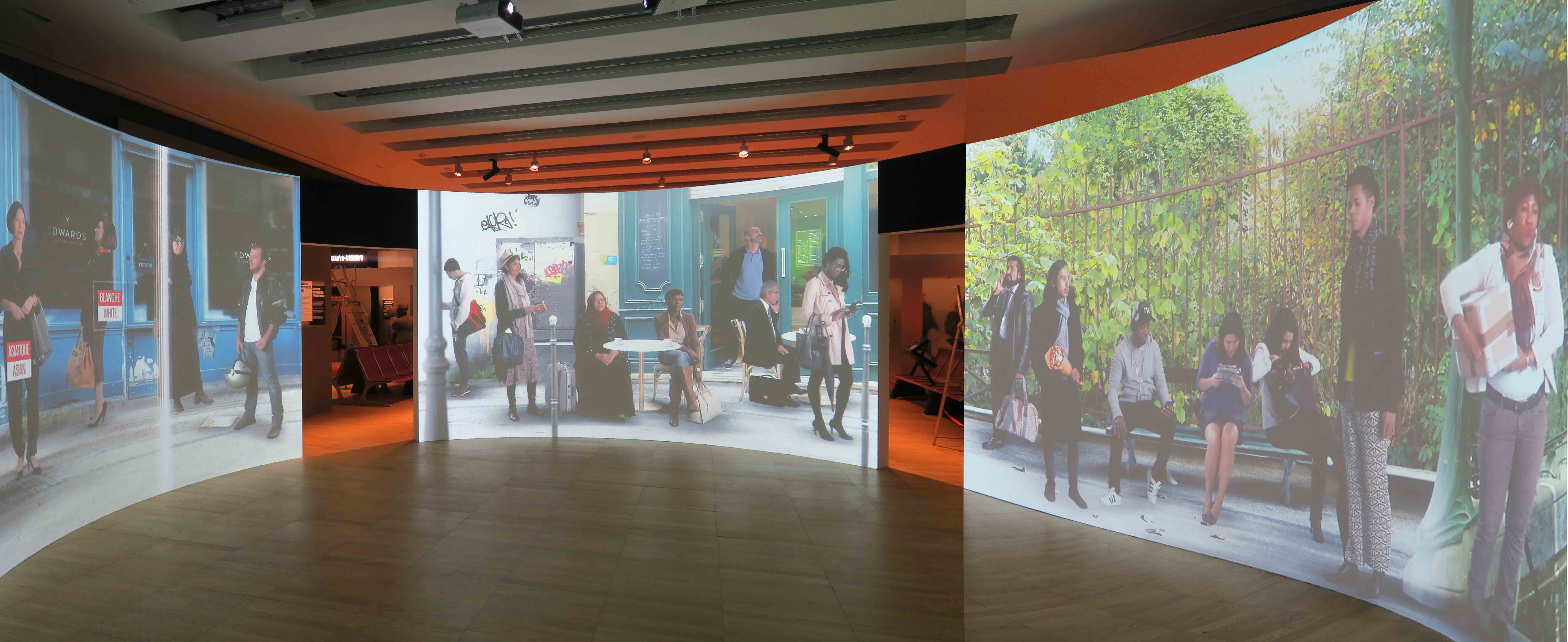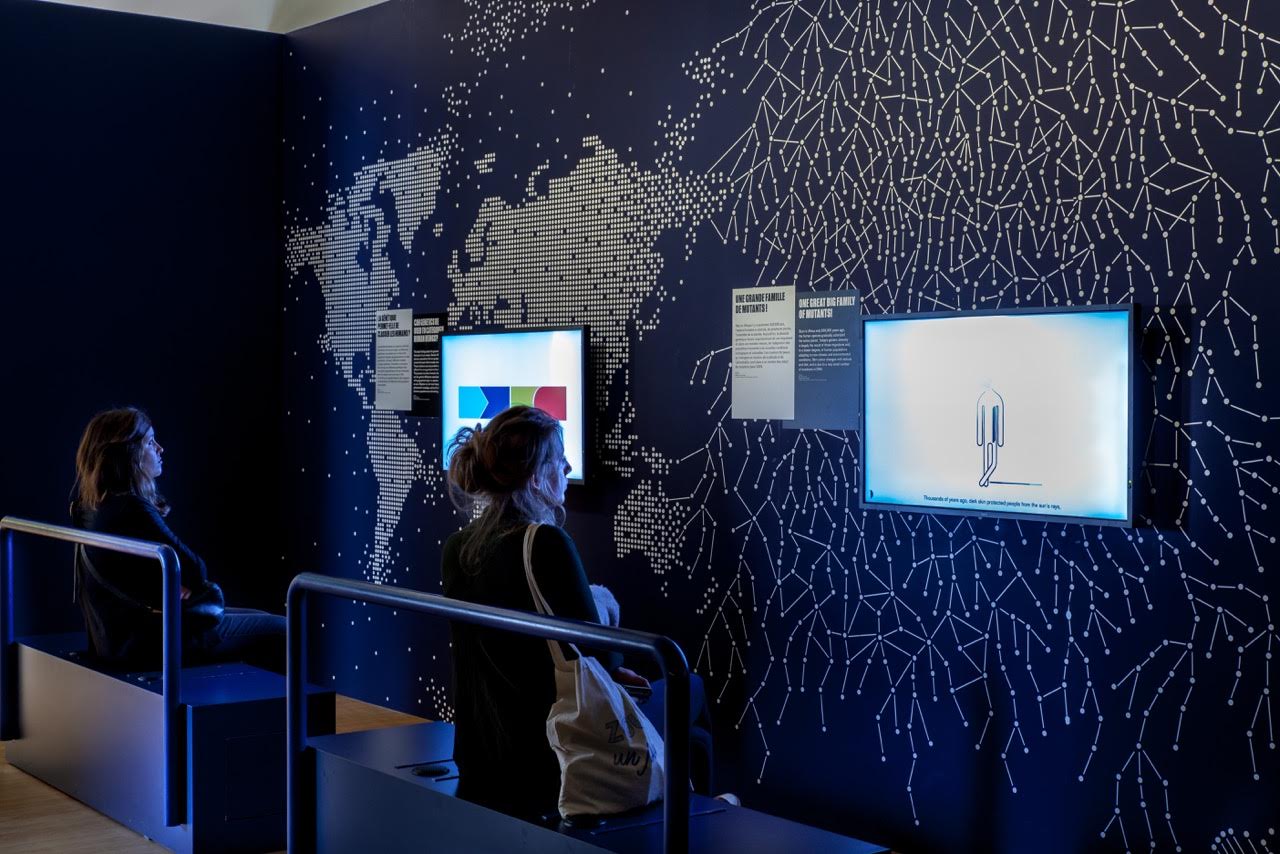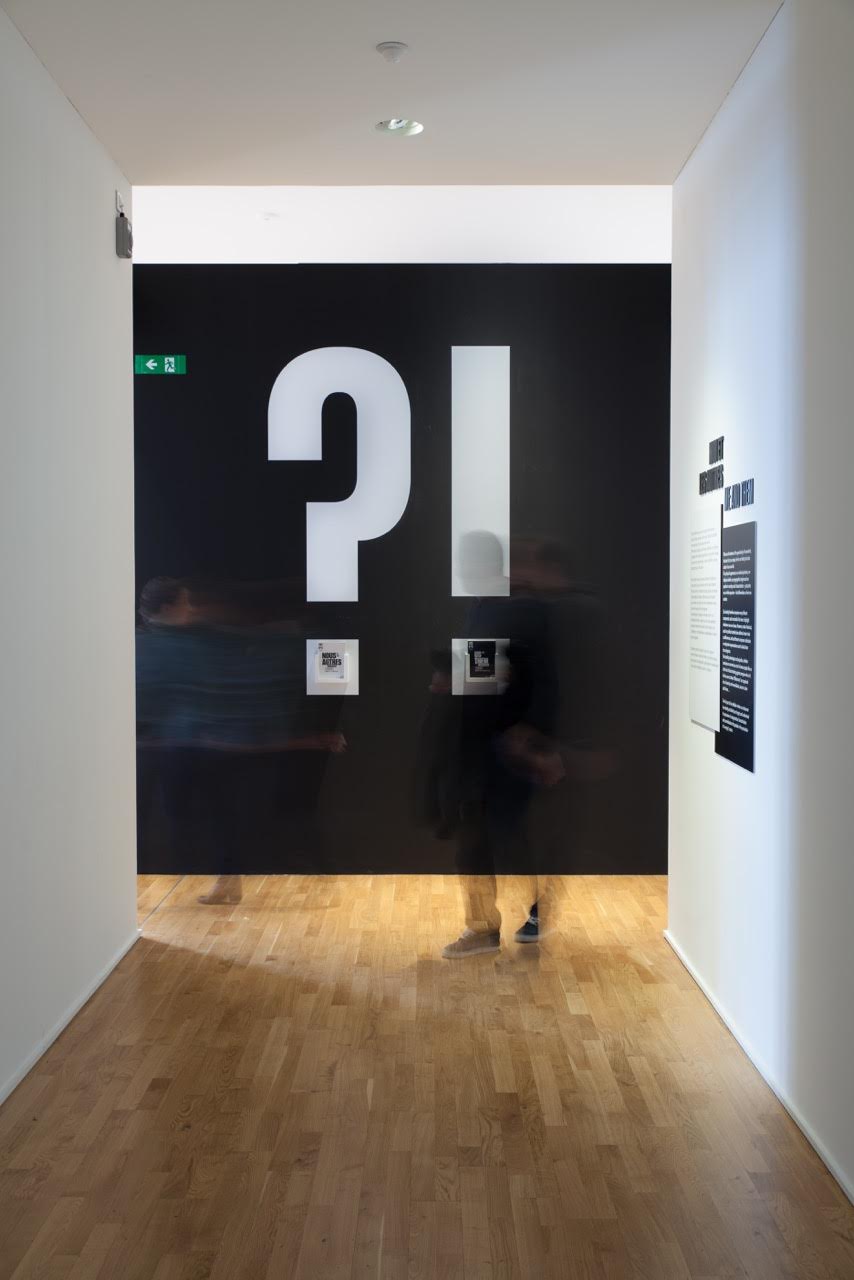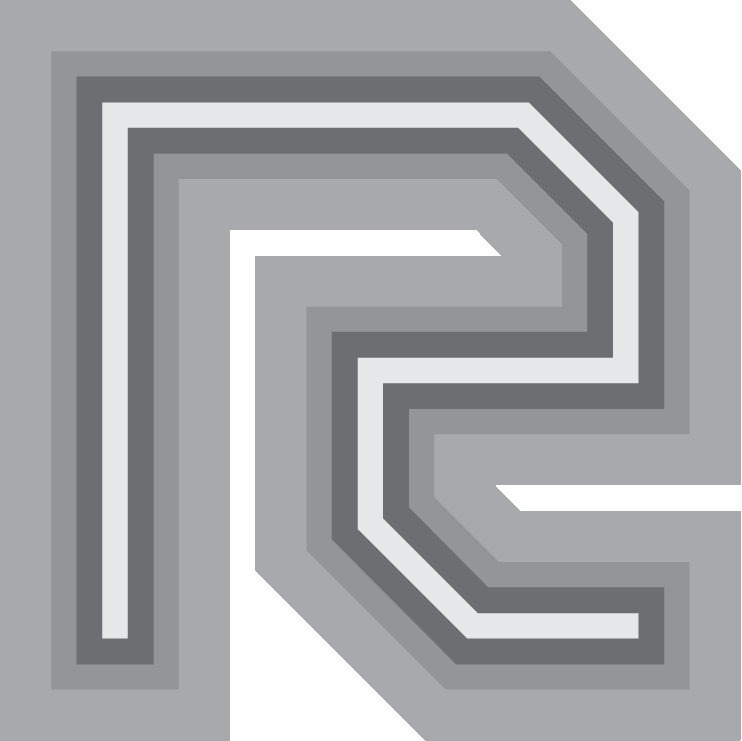Des Préjugés au Racisme,
L’exclusion de l’autre
Musée de l'Homme, Paris
L’exclusion de l’autre
Musée de l'Homme, Paris
The Musée de l'Homme, research centers, educational and scientific institution since 1882, underwent a complete architectural overhaul in 2015.
Project
Des Préjugés au Racisme, L’exclusion de l’autre
Location
Palais de Chaillot, Paris, France
Category
Temporary exhibition
Opening
March 2017
Client
Musée d’Histoire Naturelle, Département du Museum de l’Homme, Palais de Chaillot
Surface m²
600 m2
Scenographic studio € HT
500.000 €
Scope of work
Technical management Lighting design Audiovisual and multimedia engineering. Show control CFO/CFA
Partners
Scenography : Atelier Confino
Graphism : CL Design
Audiovisual integration : Videlio
Lighting integration: Phases 4
Audiovisual production : Drôle de trame, 13 Production
From March 2017, a major temporary exhibition ""From prejudice to racism: the exclusion of the other"" inaugurated a program focused on contemporary issues, echoing the themes of the Galerie de l'Homme.
This first temporary exhibition developed on 600 m2 is in the exact continuity of the foundations and commitments of the Musée de l'Homme, a militant museum that considers diversity and the absence of hierarchy between human beings. This temporary exhibition attempts to develop the difficult but necessary question of racism. The exhibition begins with a 360° audiovisual production that activates the unconscious springs that push us to construct stereotypes.
The space is then treated in such a way as to be immediately identified: an airport hall, a non-place, without any particular cultural connotation. The multimedia production diffused in different touch screens completes the experience of deconstruction of these prejudices. The next space, a rotunda, is dedicated to the political history of race and science, with objects in display cases and graphic content. Digital labels complete the information.
The visit continues with a strong sequence: 3 thematic cubes that follow one another in the space. They are arranged chronologically and connected by an angular path; interior devices (totem object, audiovisual production and graphic content) are repeated in each of them as elements of the processes of instrumentalization of these populations.
The scenographic path is articulated in a rhythm punctuated by strong immersions and more classical spaces, often purified in a concern of cohesion and understanding of the scientific content by all audiences.
